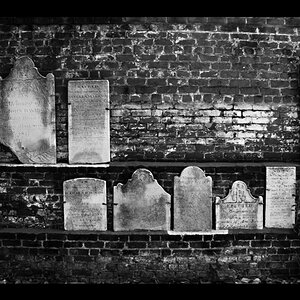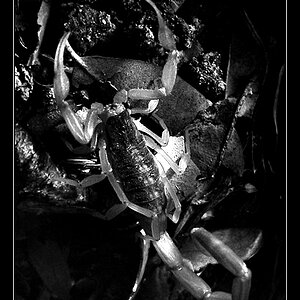jamesino
TPF Noob!
- Joined
- Dec 9, 2007
- Messages
- 115
- Reaction score
- 0
- Can others edit my Photos
- Photos OK to edit
Suppose if I have two identical camera bodies. One is mounted to a 100mm f/4 prime and the other a 50mm f/4 prime lens. Despite them having the same f -stop (40), the 100mm will have a larger aperture opening: 100/4=25mm, while 50/4=12.4mm. So does this mean that the camera with the 100mm lens will have more light hitting its sensor? If so, does this mean I can choose a faster shutter speed with the 100mm lens, while maintaining all other factors constant?



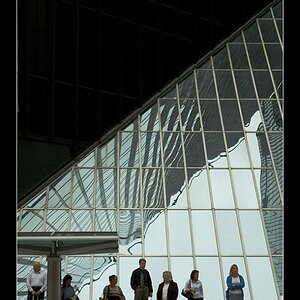
![[No title]](/data/xfmg/thumbnail/42/42020-6dbbc2fb244014aa89adfe2ccf067af7.jpg?1619739979)
![[No title]](/data/xfmg/thumbnail/30/30882-ce388519574371448d7493784524607a.jpg?1619734495)
![[No title]](/data/xfmg/thumbnail/30/30883-04222f7ae234efdf80dff6f96ddad16f.jpg?1619734495)
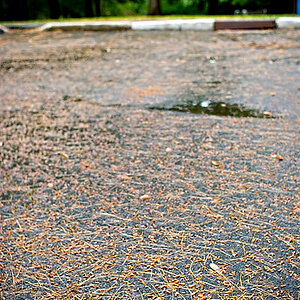
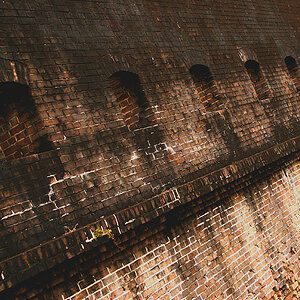
![[No title]](/data/xfmg/thumbnail/34/34146-9d096c80a1d288ea11e1f171a226bc3c.jpg?1619736319)
![[No title]](/data/xfmg/thumbnail/42/42019-e6f4e7422d2f8ec66dade714c8b21766.jpg?1619739979)

